1. Behind Picture Frames
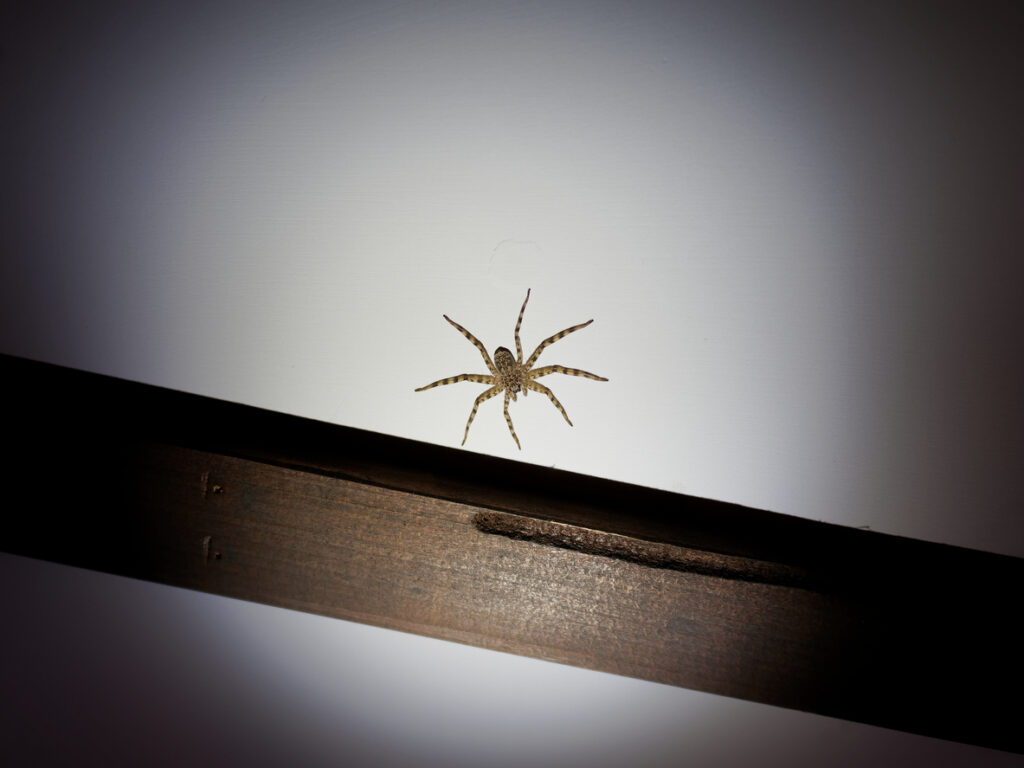
iStock
Recluse spiders are surprisingly adept at hiding behind picture frames or wall hangings. These spots are dark, secure, and rarely disturbed, making them a perfect retreat. This hiding place is often overlooked because most people don’t think to check behind their décor. To reduce the risk, take down frames periodically to dust and clean the area behind them. Inspect frames when moving or rehanging them, especially in less-used rooms or basements. Regular cleaning not only helps prevent spiders from settling in but also keeps your home free of dust and cobwebs, adding to its overall cleanliness.
2. Shoes and Boots

iStock
Unused shoes and boots are classic hiding spots for recluse spiders. The dark, snug interiors provide a perfect retreat for these shy creatures. This is especially common if the shoes are stored on the floor in closets, basements, or mudrooms where human activity is minimal. Recluse spiders may crawl inside to seek shelter, especially during colder months. To avoid unwelcome surprises, make it a habit to shake out your shoes before wearing them, especially if they’ve been sitting unused for a while. Storing footwear in sealed containers or keeping them off the floor can further reduce the risk of spider intrusions.
3. Closets

iStock
Closets, especially cluttered ones, are a haven for brown recluse spiders. They thrive in dark, undisturbed spaces, making piles of clothes, handbags, and storage boxes irresistible. These spiders often crawl into folded clothes or bags and remain unnoticed until disturbed. This can lead to accidental bites when retrieving items. To minimize the risk, declutter your closets regularly and store unused items in sealed plastic bins. Shake out clothing that has been sitting untouched for long periods, and keep your closet organized to reduce potential hiding places. A tidy closet not only looks better but is far less appealing to spiders.
4. Under Furniture
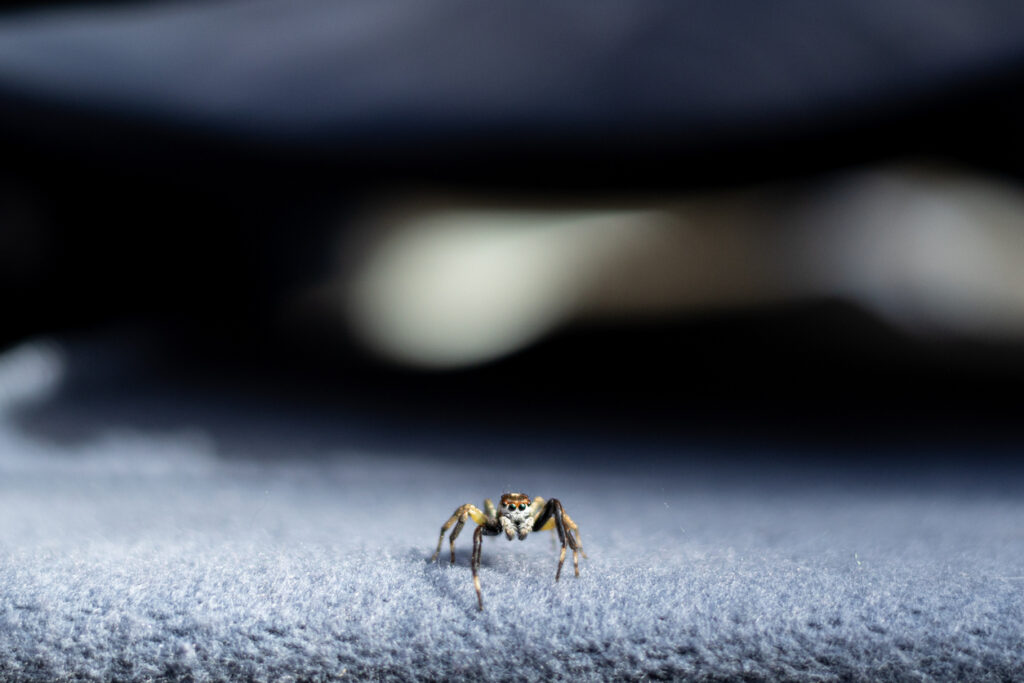
iStock
The space beneath furniture like sofas, beds, and chairs is often overlooked during routine cleaning, making it an ideal spot for brown recluse spiders. These areas are typically dark and quiet, which suits the spiders’ preference for seclusion. If furniture remains unmoved for long periods, the risk of spider activity increases. Regular vacuuming and moving furniture during deep cleaning can help disrupt their hiding spots. If you need to retrieve something from under furniture that hasn’t been touched in a while, use a flashlight to inspect the area first. Preventing dust buildup will also make these areas less inviting to spiders.
5. Basement Corners
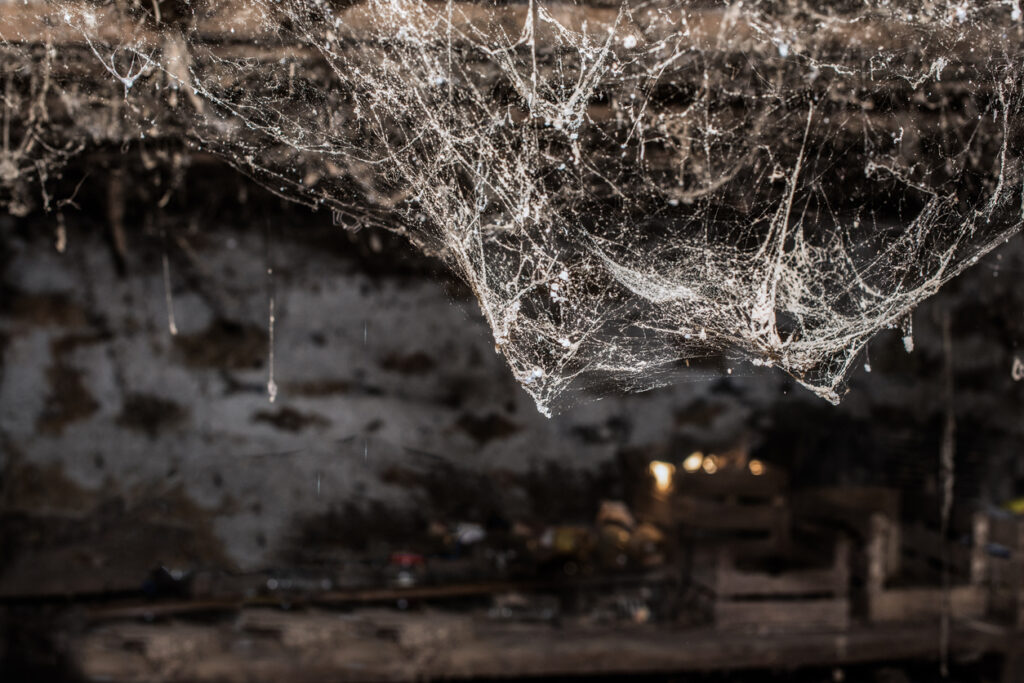
iStock
Basements are prime territory for recluse spiders due to their dark, cool environment and infrequent human activity. Corners cluttered with storage boxes, tools, or furniture provide perfect hiding spots. These spiders are also attracted to gaps or cracks in walls and foundations, which are common in older basements. To keep them at bay, declutter your basement and seal any cracks or entry points. Make sure the space is well-lit and ventilated, as spiders are less likely to stay in areas with regular activity. Sticky traps placed along walls or in corners can help monitor for spider activity and catch intruders.
6. Cardboard Boxes
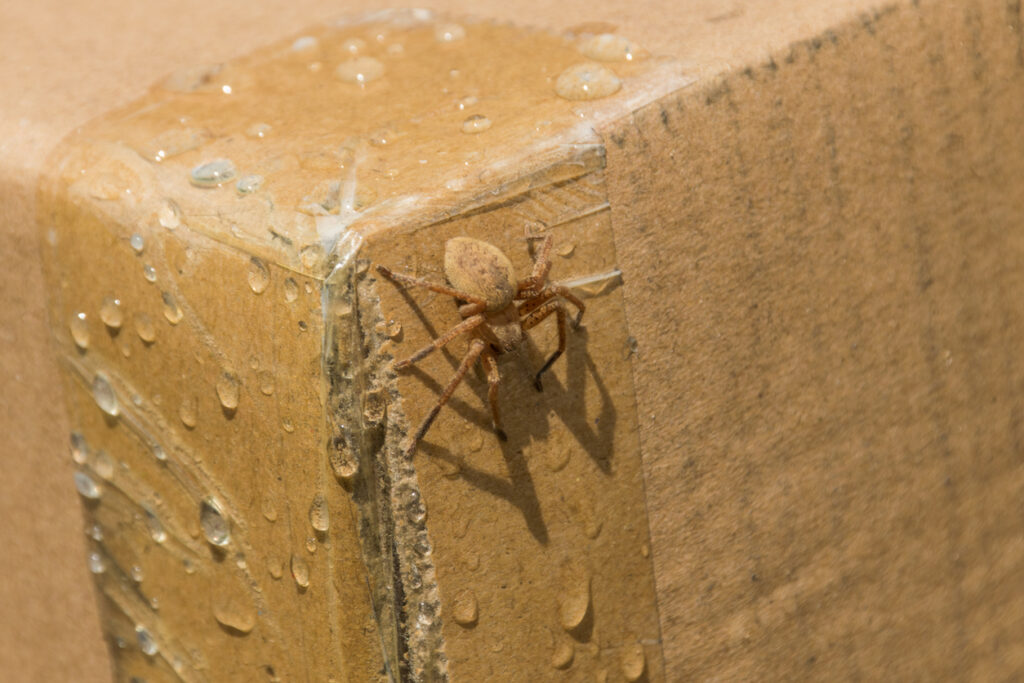
iStock
Cardboard boxes are a brown recluse spider’s dream hideout. The rough texture of cardboard mimics the spider’s natural habitat, making it an appealing space for them to cling to or build webs. These boxes are often left undisturbed in basements, attics, and closets, providing the perfect safe haven for these reclusive arachnids. Whether you’re storing old books, clothes, or holiday decorations, be cautious when handling boxes that have been untouched for a long time. Always wear gloves and inspect the inside before reaching in. Consider replacing cardboard boxes with plastic storage bins, as they’re less inviting to spiders and protect your belongings better.
7. Piles of Laundry

Flickr
Brown recluse spiders are known to hide in piles of clothes left on the floor. The folds and crevices in clothing create a cozy and undisturbed environment for these shy arachnids. If a pile of laundry has been sitting for days, the risk of a spider moving in increases significantly. To avoid this, always keep dirty laundry in a hamper with a lid and fold or hang clean clothes promptly. When picking up a pile of clothes, shake them out first to dislodge any potential stowaways. Keeping your laundry areas tidy can significantly reduce the chance of encountering a spider.
8. Attics

Flickr
Attics are another common hideout for brown recluse spiders. These spaces are often dark, cluttered, and used infrequently, making them ideal for spider activity. Recluse spiders may nest in insulation, old boxes, or unused items like seasonal decorations. When accessing your attic, wear gloves and long sleeves to protect yourself. Inspect stored items carefully before handling them, and consider using clear plastic bins instead of cardboard. Sealing gaps and cracks in the attic can also help prevent spiders from entering. Regularly decluttering and cleaning your attic will make it less hospitable for these unwanted guests.
9. Curtains and Drapes

iStock
Curtains and drapes, especially heavy ones that are rarely moved or cleaned, can become hiding spots for recluse spiders. The folds provide ample cover, and the proximity to windows gives spiders easy access to indoor spaces. Regularly inspect and clean your curtains, shaking them out and washing them when necessary. Pay particular attention to drapes in rooms that aren’t used often or that have furniture blocking them. Vacuuming around window frames and corners can help keep spiders from nesting in these areas. Keeping your curtains clean and moving them often will make it harder for spiders to settle in.
10. Behind Appliances
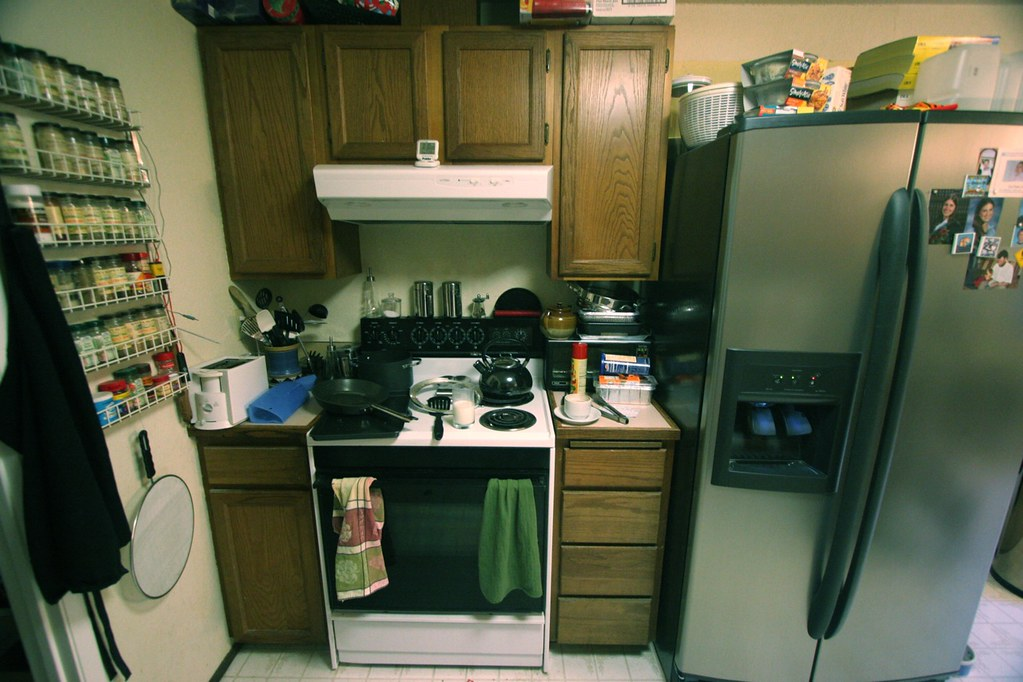
Flickr
The gaps behind appliances like stoves, refrigerators, and washing machines are common hiding spots for brown recluse spiders. These areas are warm, dark, and undisturbed—perfect for a spider seeking shelter. Moving appliances for cleaning or maintenance can reveal spider activity, so be cautious when reaching into these spaces. Use a flashlight to inspect behind appliances before reaching in, and vacuum regularly to remove debris and cobwebs. Sealing cracks or gaps around these areas can also help prevent spiders from gaining access, making your kitchen and laundry room safer and less inviting to these reclusive arachnids.
11. Ceiling Corners

iStock
Ceiling corners, especially in less-used rooms or basements, can become hiding spots for brown recluse spiders. While they typically prefer ground-level areas, they may climb walls to reach high corners, where they spin small, irregular webs. These areas are often overlooked during cleaning, which allows spiders to remain undetected. To prevent this, regularly dust and vacuum ceiling corners, paying attention to rooms with low activity. Using long-handled cleaning tools can help reach high spots safely. Keeping your home clean and clutter-free reduces potential hiding places and discourages spiders from sticking around.
12. Bed Frames and Headboards
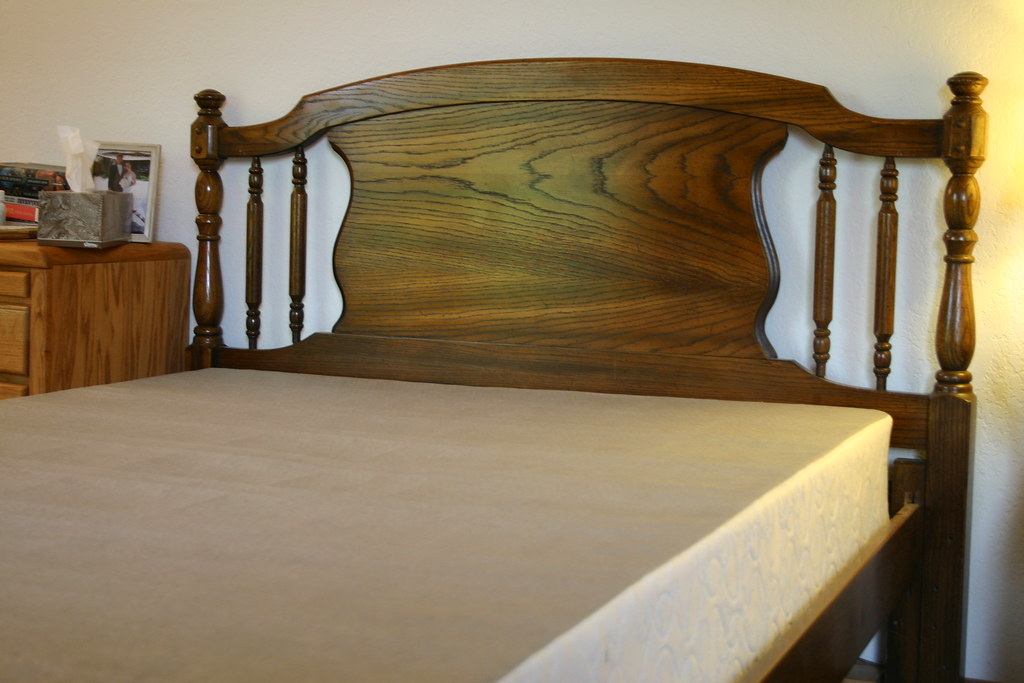
Flickr
Though recluse spiders avoid direct interaction with humans, bed frames and headboards can occasionally serve as hiding spots, especially if the bed is near a wall or has storage underneath. These areas provide darkness and security, making them appealing to spiders. To minimize the risk, keep your bed slightly away from the walls and avoid storing items under it. Inspect your bed frame periodically and vacuum underneath to remove dust and debris. Regular cleaning disrupts potential hiding spots and ensures your sleeping space is free of unwelcome visitors.


